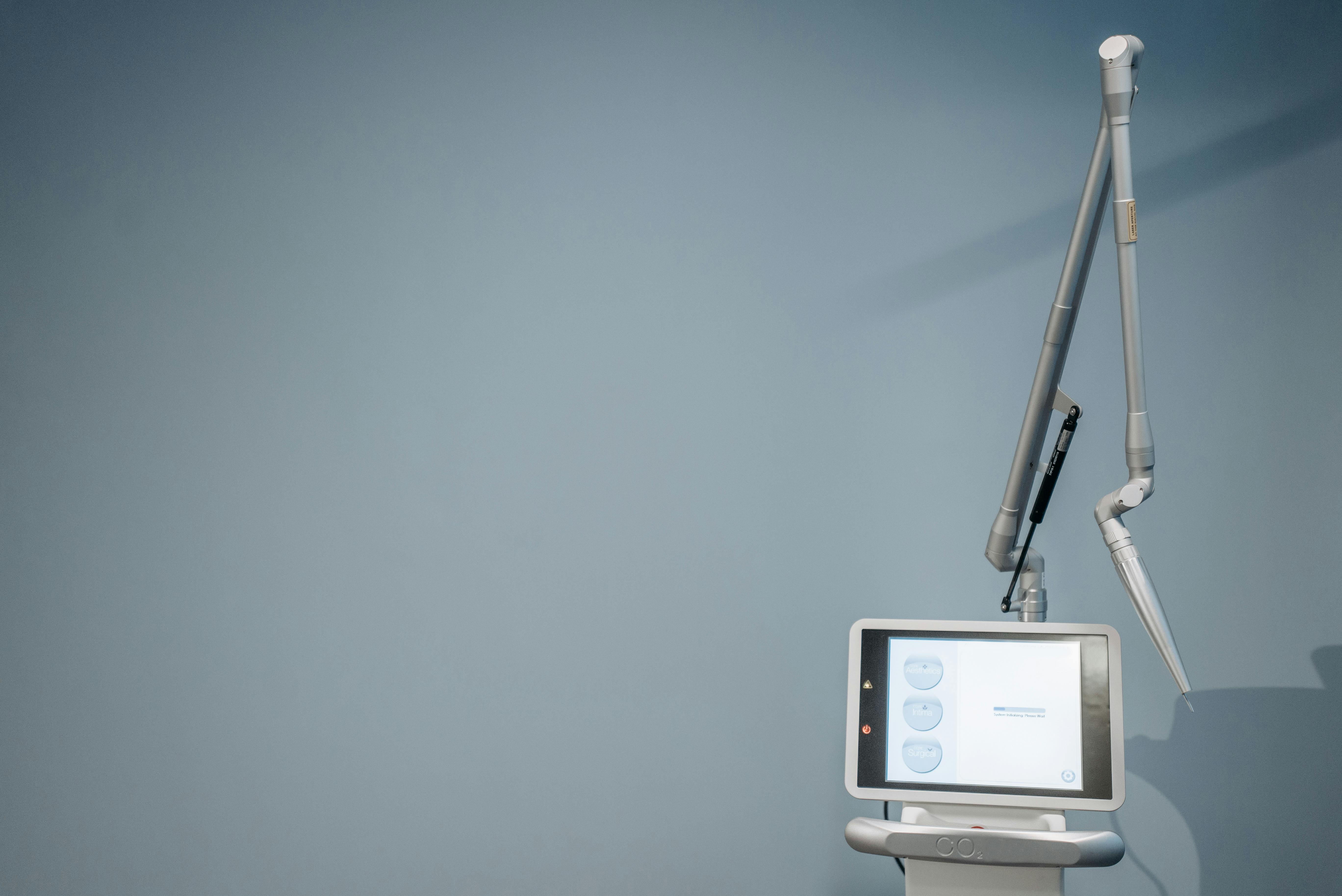When Hawks Could Fly: The Harley-Davidson Tri-Hawk
Yes, the legendary maker of the classic Harley-Davidson motorcycle, long past its 100th anniversary, has sold a car…well, sort of.
For many years, in addition to their lighter Big Twin cruisers and Sportsters. Harley-Davidson made three-wheelers in the form of utility and police “trikes,” but they were Barney Rubble lumps compared to the lean Mirage Fighter look of the short-lived but fast-paced Tri-Hawk circa 1984. Chances are you didn’t ogle one in the showroom of your local Harley dealer because they appeared only briefly, being blamed on a marketing miscalculation and quickly deselected from the Milwaukee lineup.
The two-passenger Tri-Hawk had already been in limited production before Motor Factory decided to take it on ostensibly to fill an exotic niche that had no name. The previous year, HD had struck a deal with Austrian company Rotax for racing engine and gearbox units intended for 500cc short-track racing, so perhaps it was in this euphoria of internationalism that Milwaukee opted for a three-wheeled machine powered by a French-made four-cylinder Citroën. And yes, “Citroen” seems to loosely translate to “lemon.” But this lightweight, knife-edged bird of prey wasn’t a bit of sour citrus.
Decades earlier, the fuel-saving, though quirky, German Messerschmidt “car” is a recycled part of a Luftwaffe fighter plane, had carried two passengers across post-World War II Germany. Since then, all sorts of other motorcycle-powered three-wheeled car/bicycle hybrids have been born in Dr. Frankenstein’s laboratory, but none have caught on. In the early ’80s, the Tri-Hawk appeared at a time when experimenters were again looking for alternative designs and better weight-to-weight ratio options. The Tri-Hawk was a product of this enthusiasm, the design conjured up by race car engineer Robert McKee while sportsman millionaire Lou Richards was financing the project heavily. The finished product was assembled in a small plant located in a beach town called Dana Point that basks in the Southern California sunshine between Los Angeles and San Diego. The 1,299 cubic-inch air-cooled flat-four rode in the front while the frame and suspension echoed McKee’s race car expertise. Again borrowing from French technology, the builders incorporated a hydraulic braking system made by Renault.
Weighing in at 1,300 lbs. and producing 80 horsepower through a 5-speed transaxle transmission, the Tri-Hawk has what might be called “exciting performance characteristics.” It wasn’t shy in the exhaust note department either, a growling Formula One ecstasy coming out of the pipes.
If you wanted to buy a Tri-Hawk in the fall of 1984 at the time of Harley-Davidson’s takeover of the company, you had to shell out $12,000 that would only buy about two-thirds of a Big Twin today. Back then, 12K seemed like a lot for a vehicle with no roof and just three wheels. However, it had appeal and substance, both in performance and in the looks department. Could, should have… but Factory’s game plan was lacking in the area of infrastructure to support sales. Milwaukee decided not to sell them through its dealers, leaving only the factory in Dana Point and three other franchises to sell the Tri-Hawk…not exactly universal availability and no Super Bowl ads in the way of promotion. Even then, only about eleven Tri-Hawks were leaving the factory nest on a monthly basis, again not exactly flying out of the assembly gate into the waiting arms of the motoring public. So, like many endangered species, the Tri-Hawk died not of intrinsic design flaws, but of neglect.
Simply put, the Tri-Hawk is a smartly designed and earnestly built sport machine that shares much of the adrenaline-producing qualities of the Cobra’s eyeball-sucking performance and agile handling of the Lotus car, but with licenses from motorcycling and insurance benefits, plus a bit of jet hunting. pulled in. It could carry two in relative comfort and safety thanks to the integral roll bar and seat belts. And you didn’t need to know French to drive one. They weren’t finicky or temperamental, they gave good gas mileage, and they were easy to park. And in the curves, big Beemers and Benzes had breakfast. Today, $12,000 seems like a bargain, except the last Tri-Hawk this author knows of sold for $25,000. You could catch it near Los Angeles flying around the Malibu canyons piloted by a guy with a big smile.
